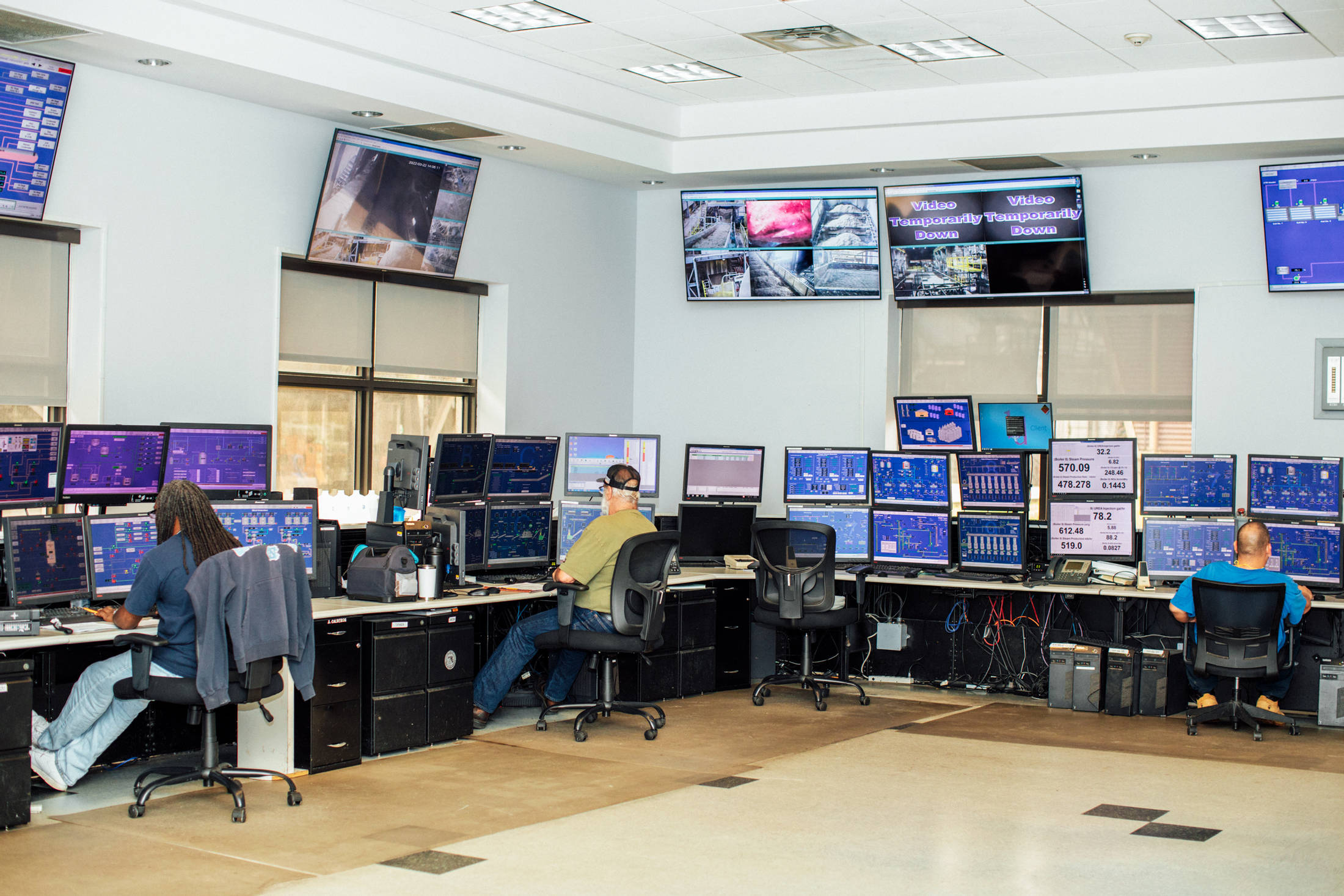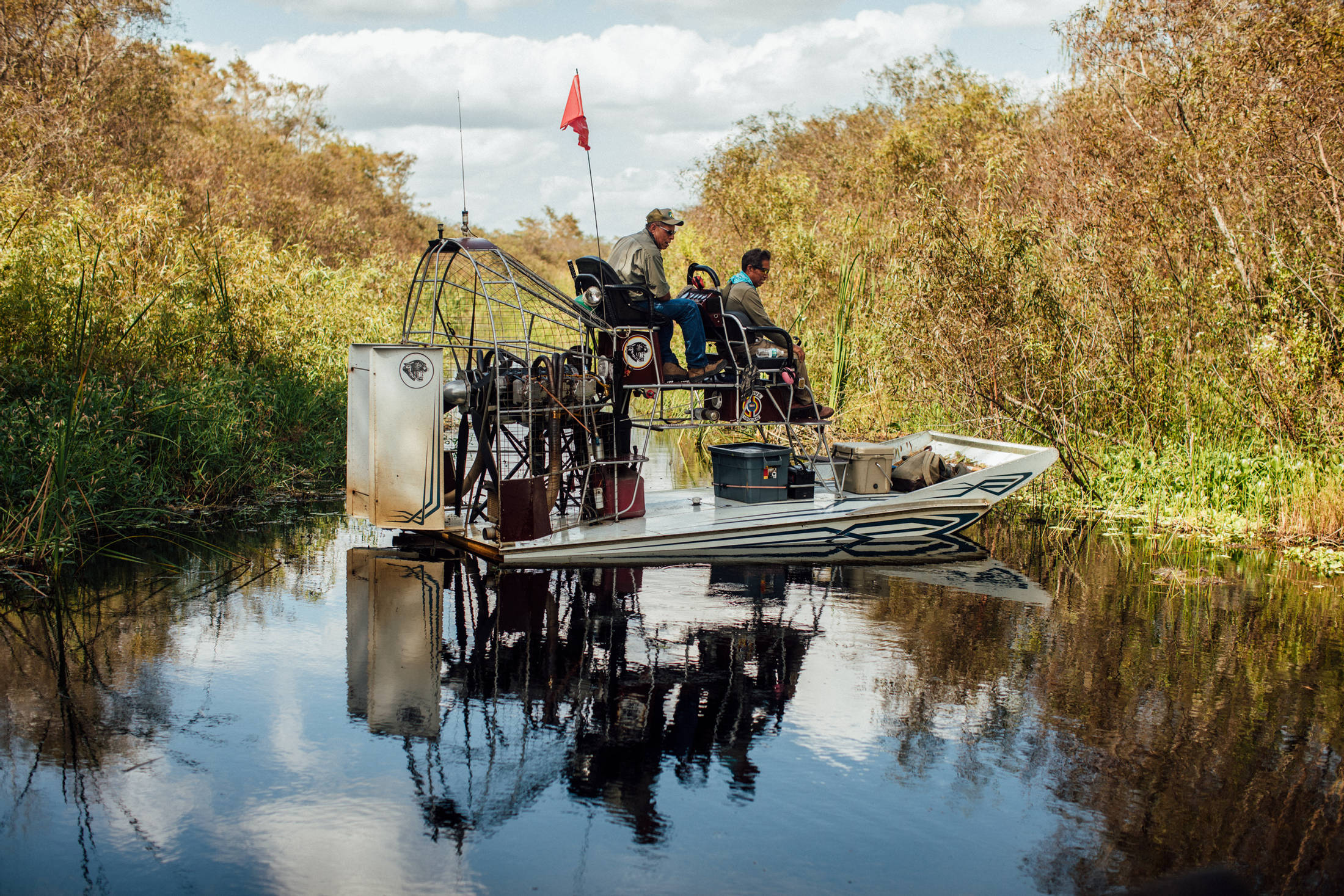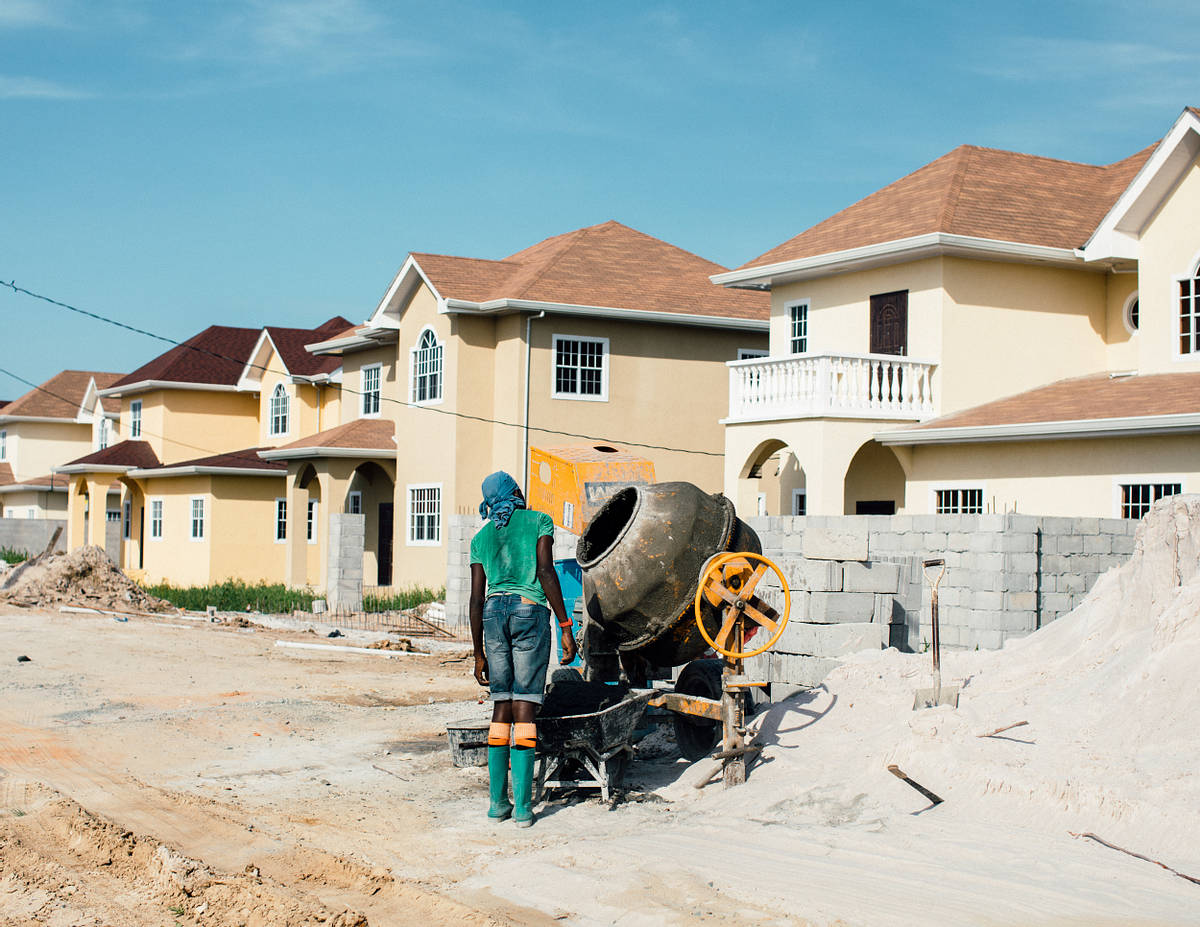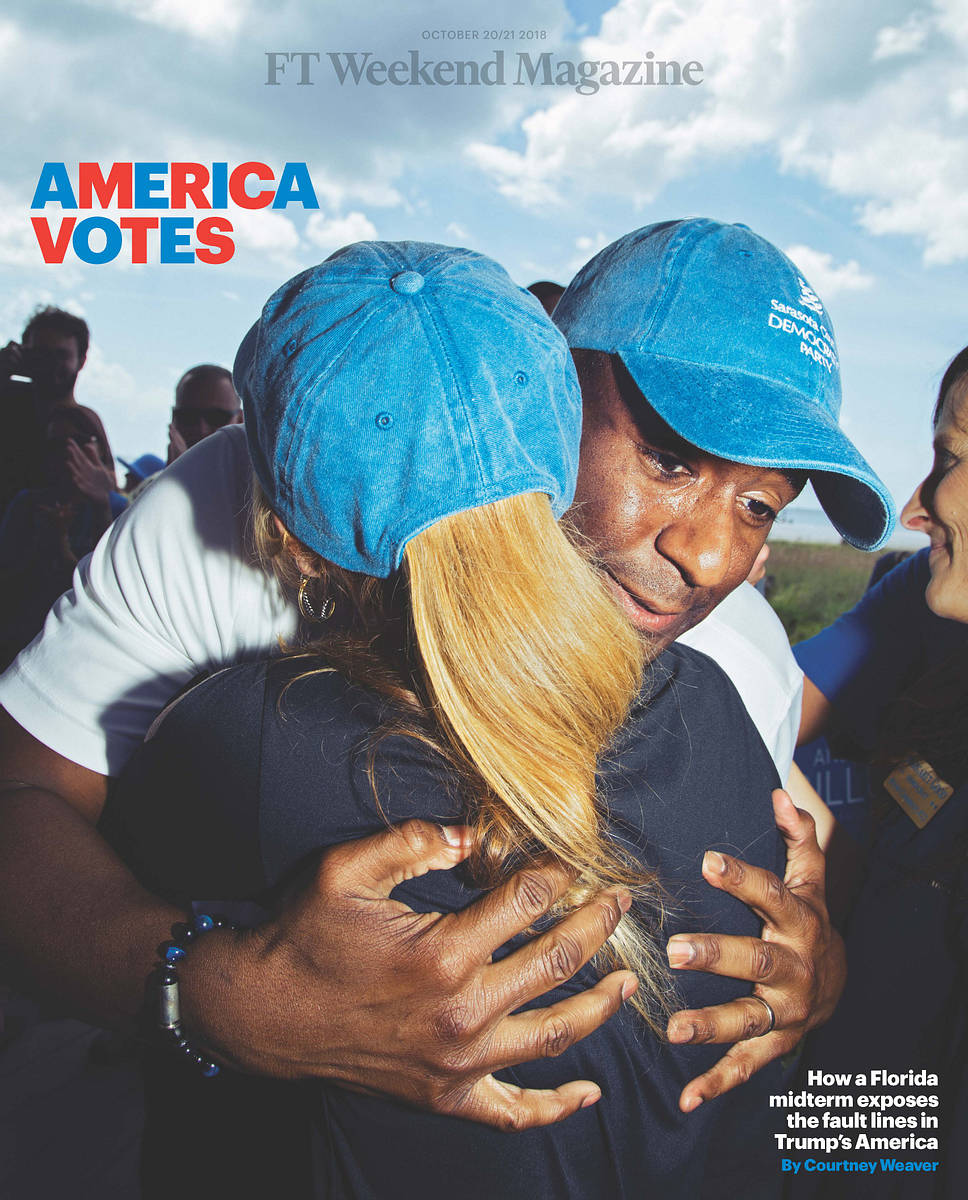Florida Sugar
Rolling Stone
Editorial
Florida
2023
Sugar cane fields burn in Everglades Agricultural Area, Florida.
Unrefined sugar storage, US Sugar Mill, Clewiston, Florida.
Sonny Fritz Stein III, a 4th generation sugar farmer, looks at his cane field in Belle Glade, Florida.

US Sugar Mill, Clewiston, Florida.
Burning and harvesting Sugar Cane Pahokee, Florida.
US Sugar Harvester, Clewiston, Florida.
Burning and harvesting Sugar Cane Pahokee, Florida.
Miccosukee Tribe member and activist Michael Frank.
Samuel Tommie, a Seminole tribe member and environmental activist, plays a prayer on his flute. Seminole Reservation, Florida.
An old fishing camp on a Miccosukee Tree Island. Miccosukee Reservation, Florida.

Airboats on Miccosukee Tribal Members on the bi-annual Tribe’s scientific Everglades study. Miccosukee Reservation, Florida.
Miccosukee Tribe member and activist Michael Frank on a tree island, during the bi-annual Tribal Everglades Survey. Miccosukee Reservation, Florida.
Miccosukee Reservation, Florida.
Debra Jones, a retired schoolteacher and Pahokee resident, suffers from respiratory illness. She, her husband and their granddaughter, Madison, all use nebulizers and inhalers. Pahokee, Florida.
Debra Jones, a retired schoolteacher and Pahokee resident, suffers from respiratory illness. Pahokee, Florida.

Ed Jones holds a photo of his aunt, and grandmother. His whole life he worked as a migrant worker, along with his parents and his aunt. His grandmother was an enslaved person who also worked on farms. Pahokee, Florida.
Sugar Cane burning, Pahokee, Florida.
Read the Full Story
“A Fire in the River: Big Sugar and ‘Black Snow’ in the Everglades”
“A Fire in the River: Big Sugar and ‘Black Snow’ in the Everglades”



